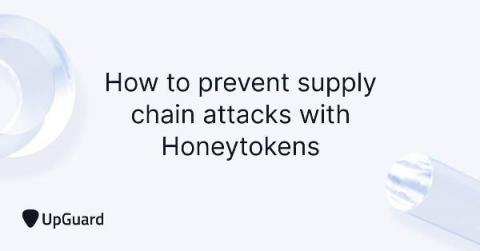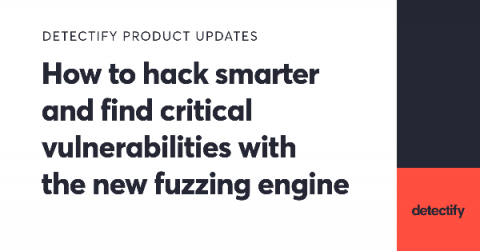Red Teaming - The Fundamentals 1.2
In part one we discussed what a Red Team Assessment is, but how does a Red Team Assessment differ from a Penetration Test? With a Red Team Assessment, we’re testing the whole company, essentially how it fares up to a worst-case scenario attack, whether that’s by a competitive company engaging in corporate espionage hell-bent on disrupting business, or harvesting data, or a criminal organisation breaking in and stealing physical equipment or damaging key infrastructure.











